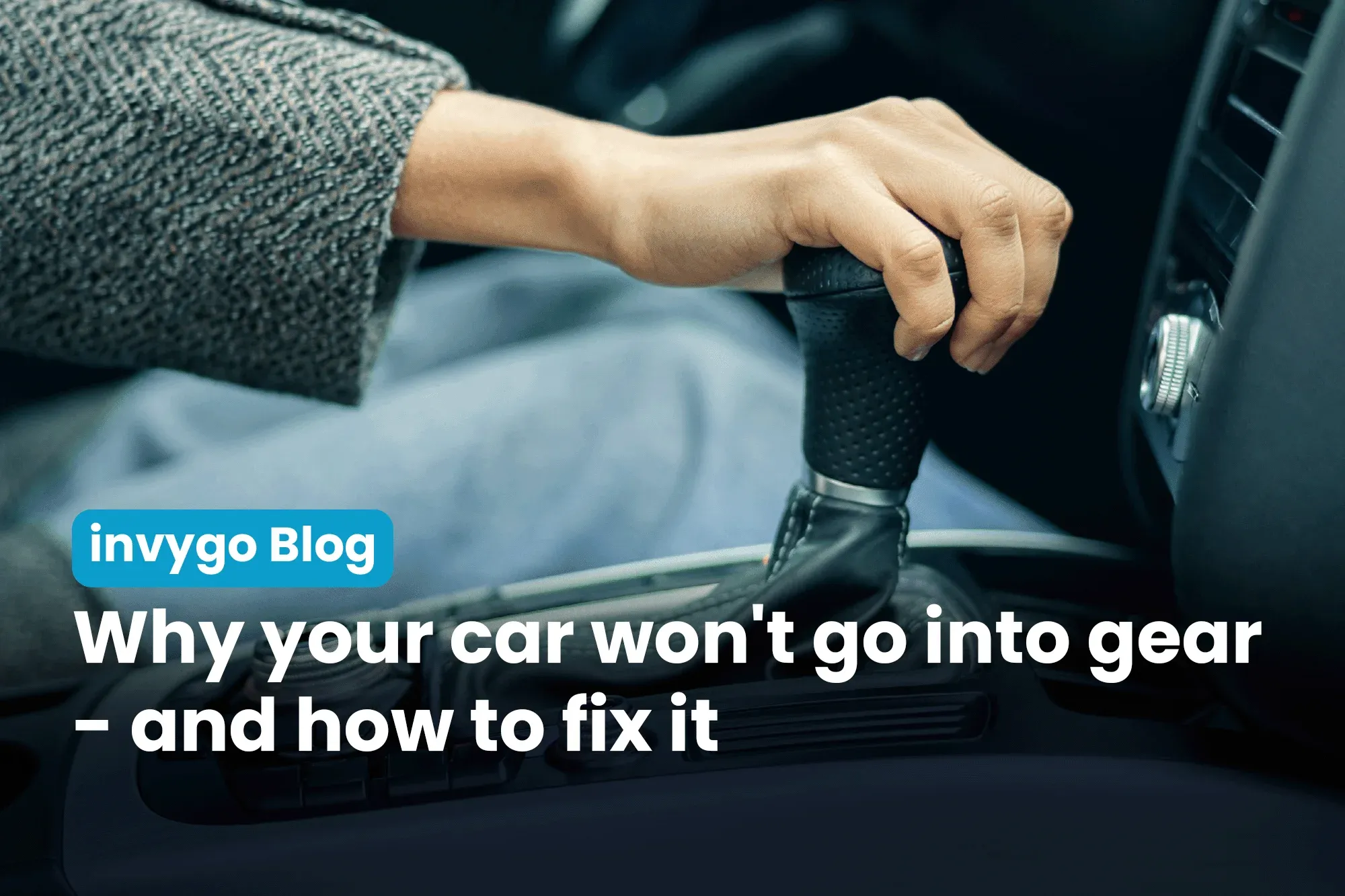Experiencing issues with your car not going into drive can be frustrating and concerning. Whether you’re facing this problem for the first time or are a seasoned driver, understanding the potential causes and solutions is crucial. This comprehensive guide will help you diagnose and fix the issue, ensuring you’re back on the road safely.
Understanding the Problem
When your car won’t shift into drive, it can be due to various factors ranging from mechanical issues to electronic failures. Here are some common symptoms:
- The gear shift feels stuck.
- Warning lights appear on the dashboard.
- The engine revs, but the car doesn’t move.
- Unusual noises when attempting to shift gears.
Common Causes
Let’s explore some of the most frequent reasons why your car might not go into drive:
1. Transmission Fluid Issues
Low or dirty transmission fluid can severely affect your car’s ability to shift into drive. The fluid lubricates and cools the transmission components. If it’s low or contaminated, it can lead to shifting problems.
2. Faulty Transmission
Transmission problems can arise from various sources, including worn gears, clutches, or bands. A complete transmission failure might prevent your car from shifting into drive altogether.
3. Electrical Issues
Modern vehicles are equipped with complex electronic systems that control shifting. A malfunction in the transmission control module (TCM) or related sensors can cause shifting issues.
4. Gear Linkage Problems
The gear linkage connects the gear shift lever to the transmission. If this linkage is damaged or misaligned, it may prevent the car from going into drive.
5. Brake System Faults
If the brake system is malfunctioning, it may prevent you from shifting out of park or into drive. Issues with the brake switch can also affect the transmission interlock system, which safeguards against shifting without pressing the brake pedal.
Steps to Diagnose the Issue
Follow these steps to diagnose why your car won’t go into drive:
- Check Transmission Fluid: Inspect the fluid level and condition. If it’s low or dirty, consider changing it.
- Examine for Leaks: Look under your car for signs of fluid leaks, which could indicate a problem.
- Inspect the Gear Linkage: Ensure that the linkage is connected properly and not damaged;
- Scan for Error Codes: Use an OBD-II scanner to check for error codes that may indicate electronic issues.
- Inspect the Brake System: Ensure that the brake lights work and that the brake pedal feels normal.
Solutions and Repairs
Depending on the diagnosis, here are some potential solutions:
1. Add or Change Transmission Fluid
If the fluid is low or dirty, topping it up or replacing it can often resolve the issue.
2. Repair or Replace Transmission Components
For mechanical problems, you may need to repair or replace damaged transmission parts. This may require a professional mechanic.
3. Fix Electrical Issues
If the electronic components are faulty, consider having the TCM or sensors inspected and replaced as necessary.
4. Adjust or Repair Gear Linkage
Ensure the gear linkage is functioning correctly. Adjust or replace it if it’s misaligned or broken.
5. Address Brake System Problems
If the brake system is at fault, repairs may be necessary to restore normal functionality.
When to Seek Professional Help
If you’ve attempted the above steps and your car still won’t go into drive, it’s time to consult a professional mechanic. They have the tools and expertise to diagnose and fix complex issues that may not be apparent to the average car owner.
Experiencing difficulty when trying to shift your car into drive can be a sign of various underlying issues. By understanding the potential causes and following the diagnostic steps outlined in this guide, you can tackle the problem more effectively. Remember, if in doubt, don’t hesitate to seek professional help to ensure your vehicle is safe and reliable.

